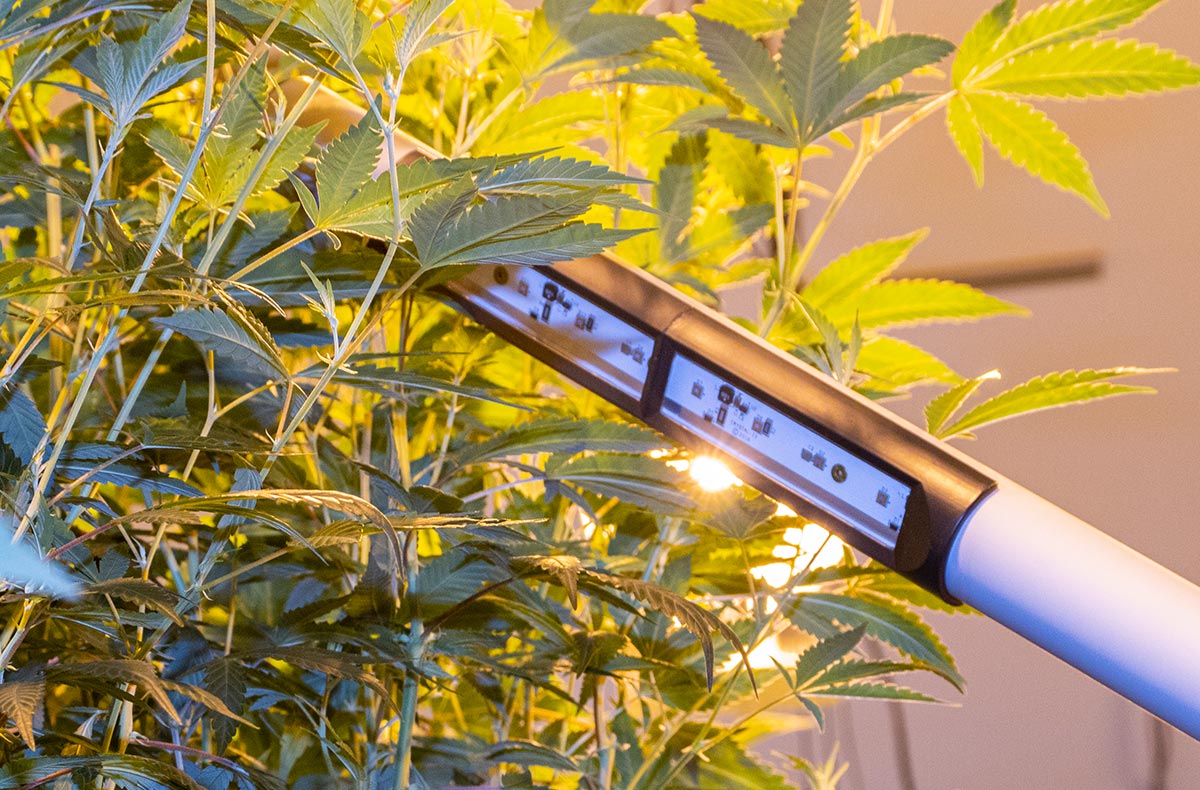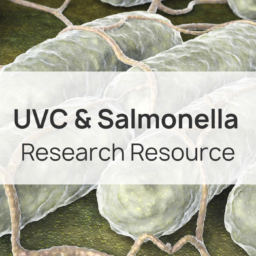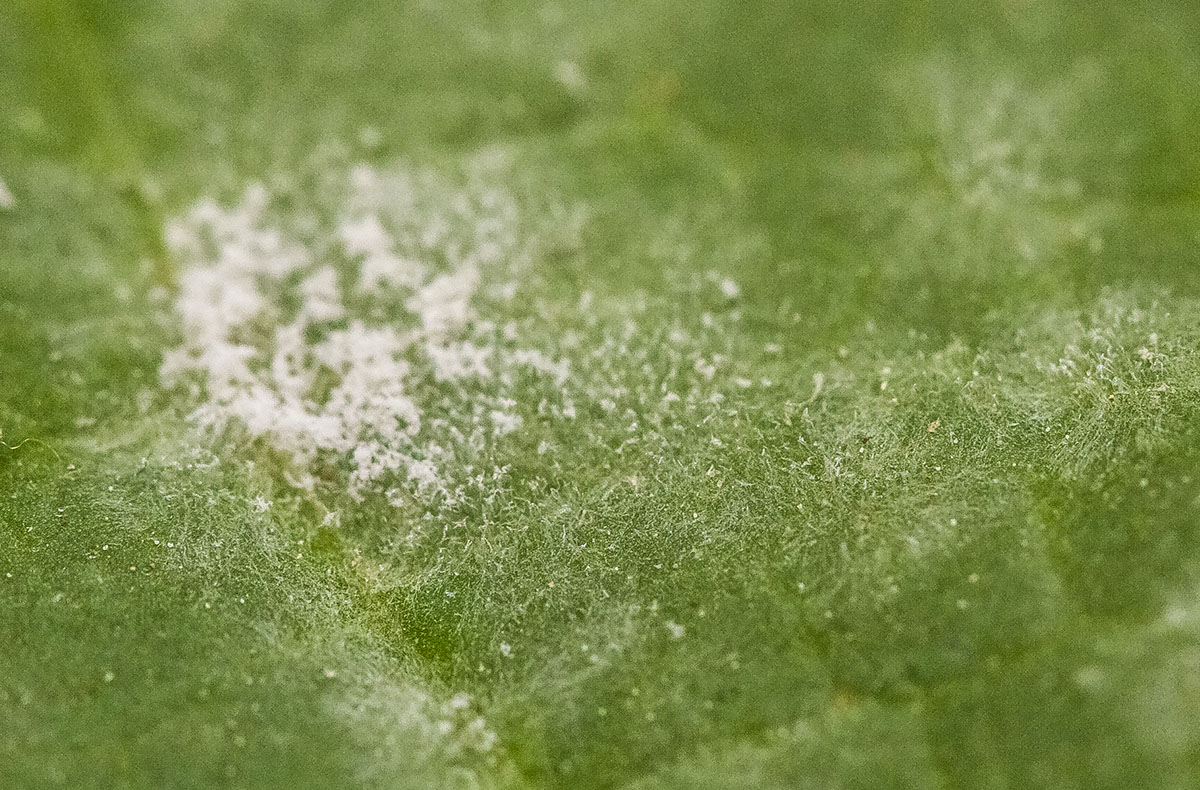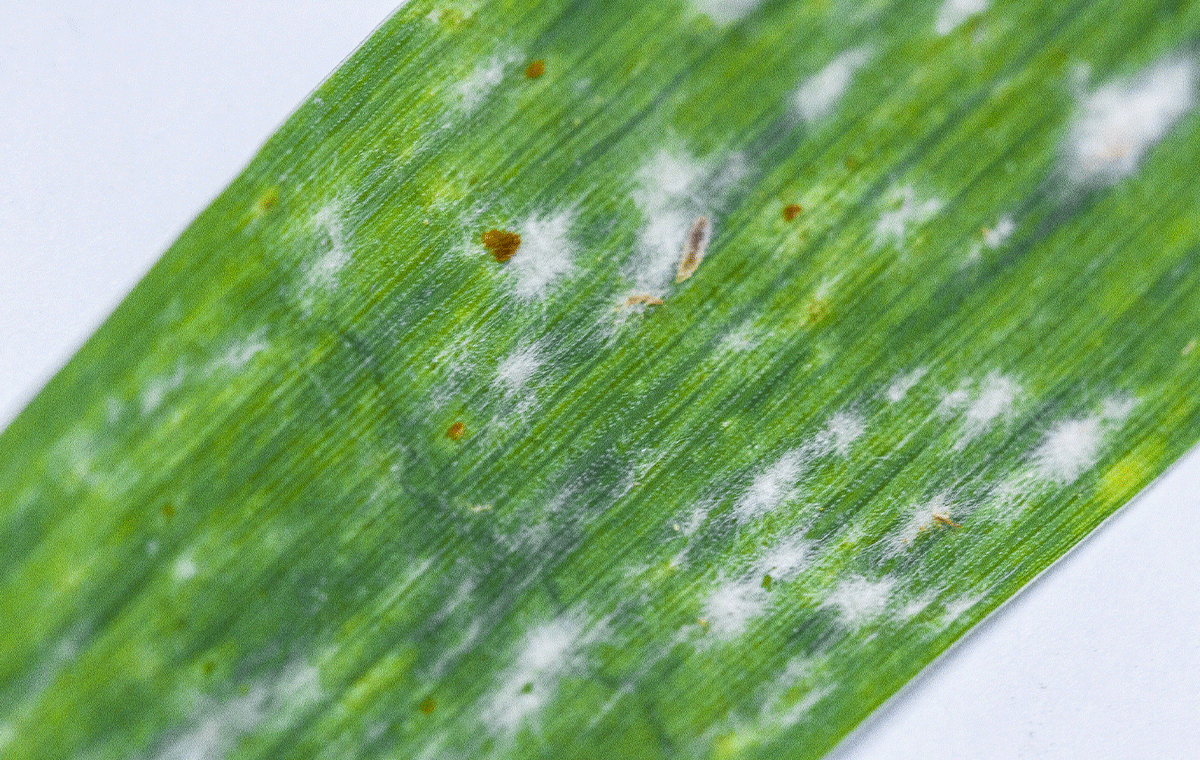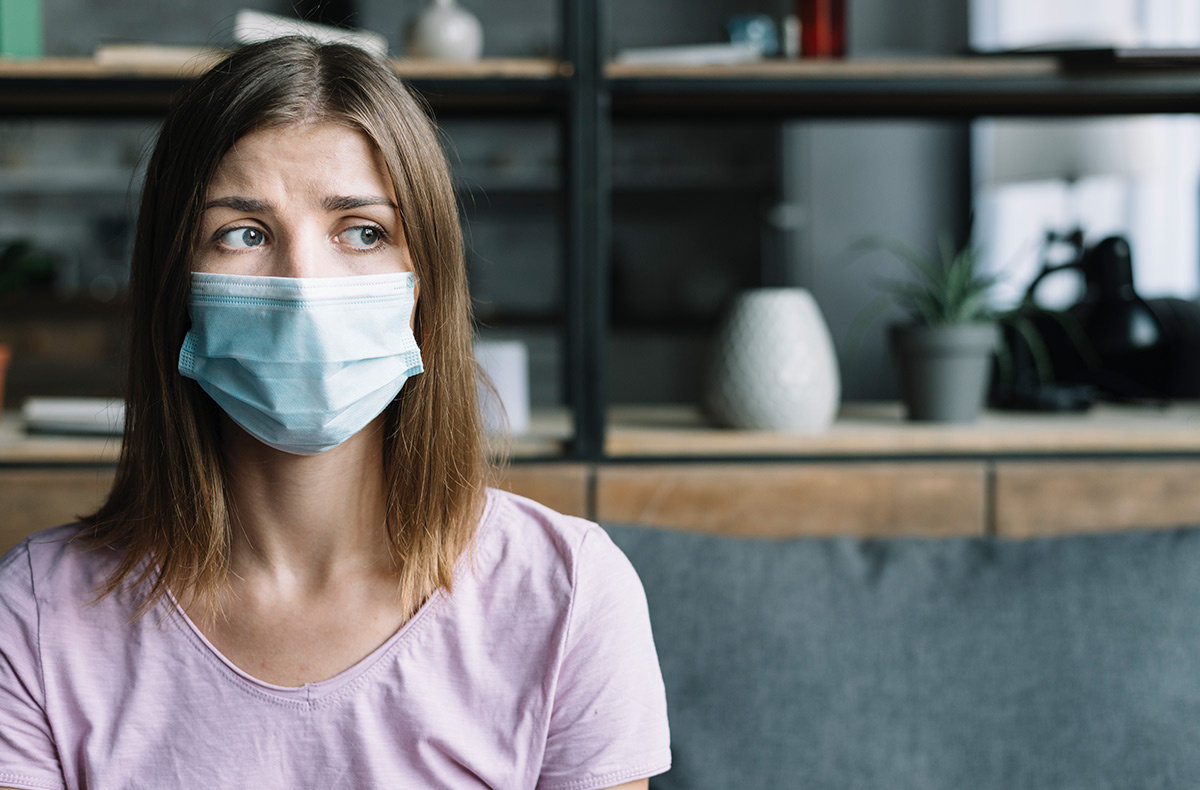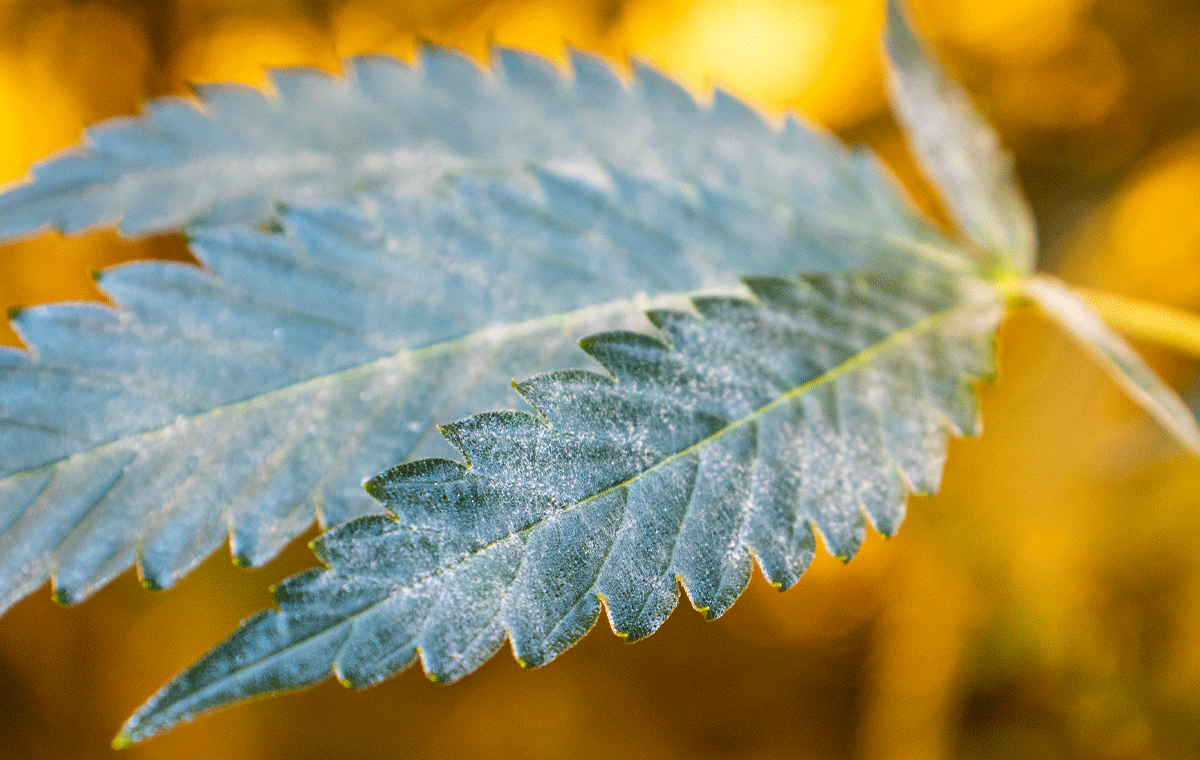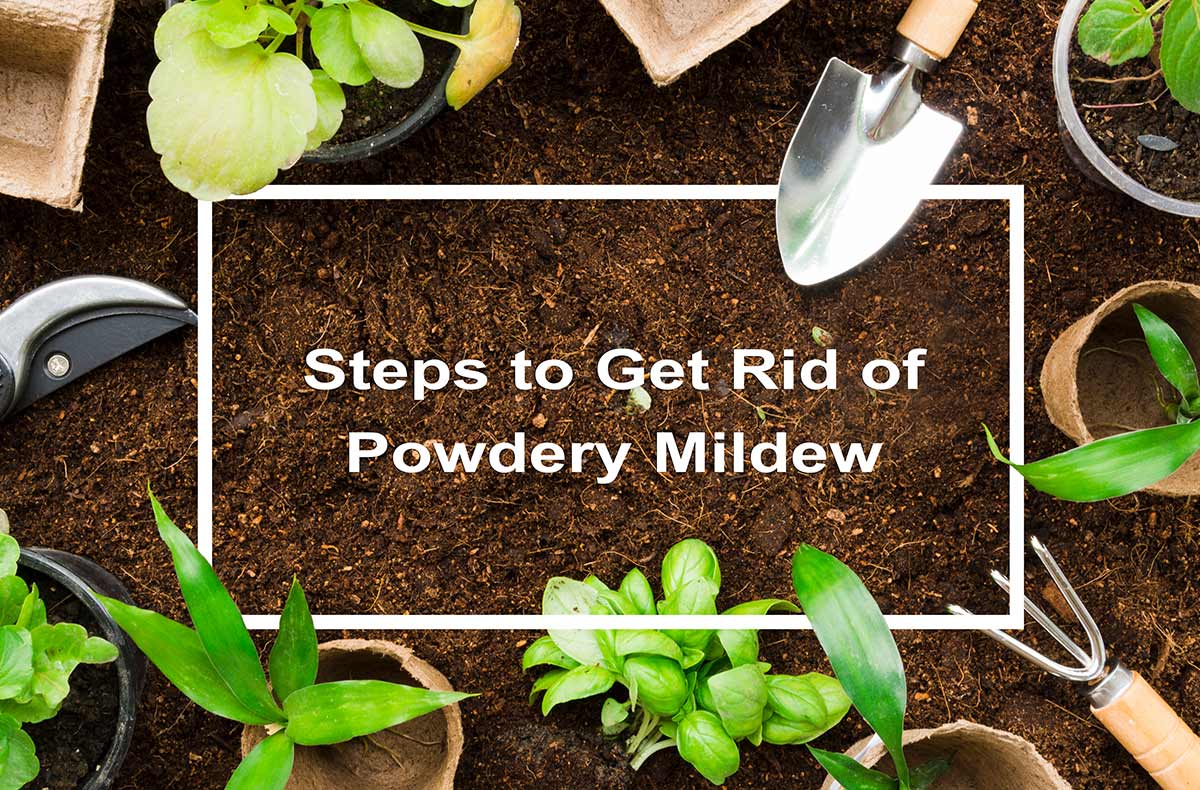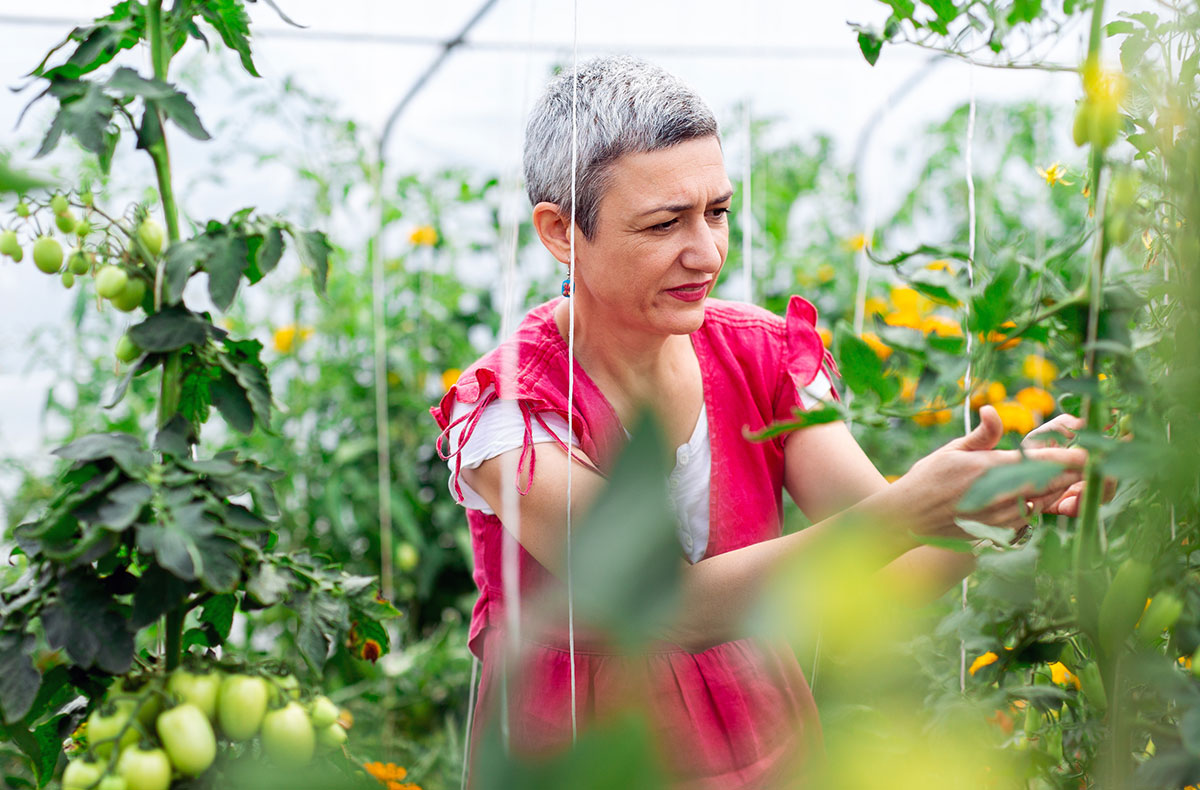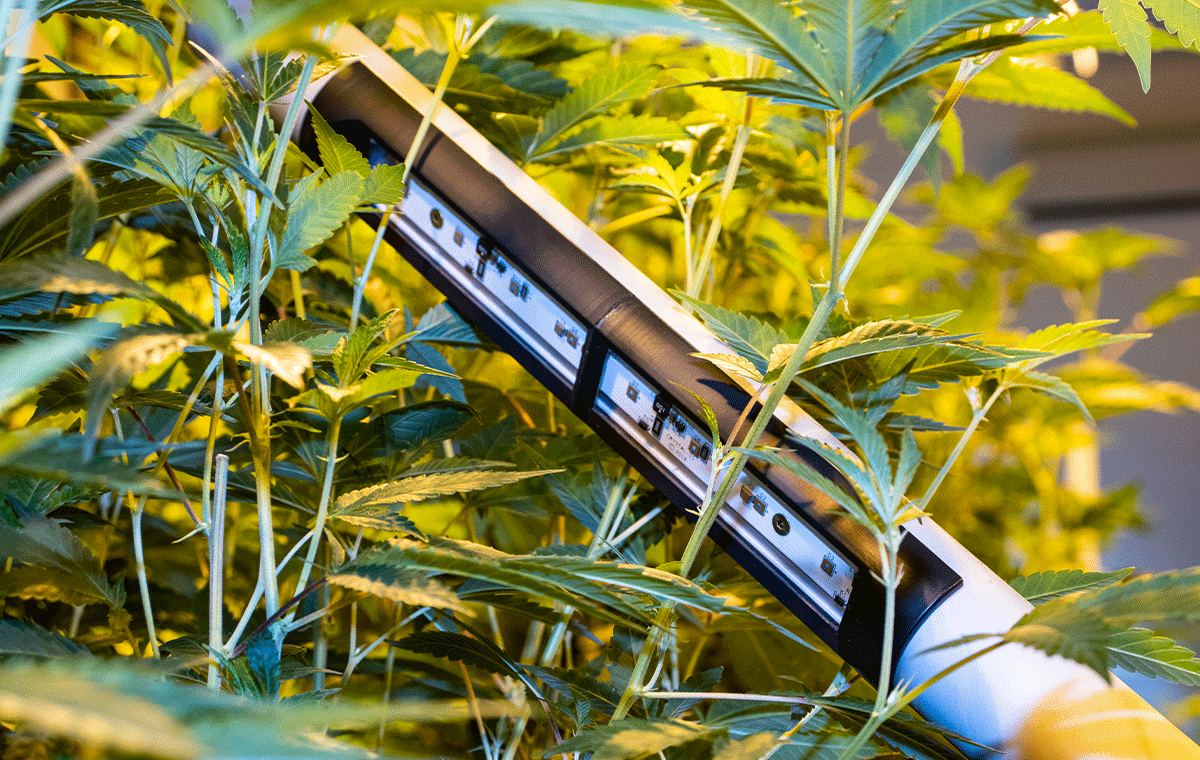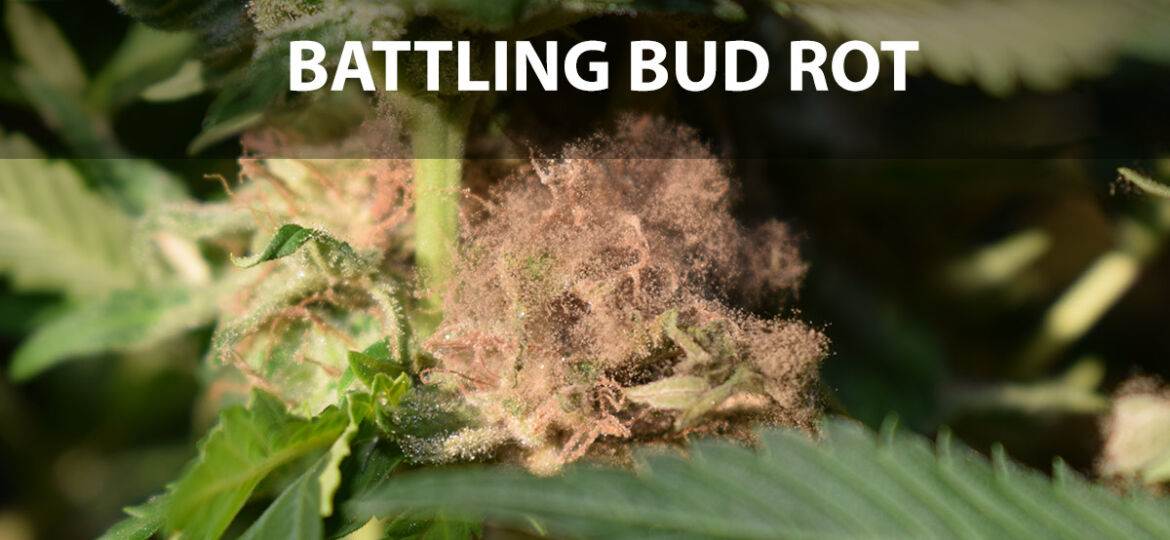
Battling Bud Rot (Botrytis)
Powdery mildew gets a lot of conversational air time in the cannabis world. And like powdery mildew, bud rot (or Botrytis) is a common fungus growers will face at some point. Also like powdery mildew, bud rot produces spores that easily spread to other plants and areas.
Bud Rot Basics
Bud rot is a necrotrophic fungus. Meaning it kills the living cells of its host so it can then feed on the dead matter. It will first appear vaguely white and wispy, then turn grey and black as it breaks down plant matter. Its formal name – Botrytis cinerea – is derived from Latin for “grapes like ashes,” referring to its bunching of spores and gray color. It starves its plant host by causing poor water and nutrient delivery, resulting in death for the plant and food for the bud rot. It usually permeates buds at an early stage in development, remaining dormant until the environment becomes conducive to its growth. Its difficulty to detect and destructive nature make it not only frustrating to growers, but economically destructive to a successful crop. Bud rot is not picky either. Along with living plants, it will also strike buds already harvested if the conditions are right.
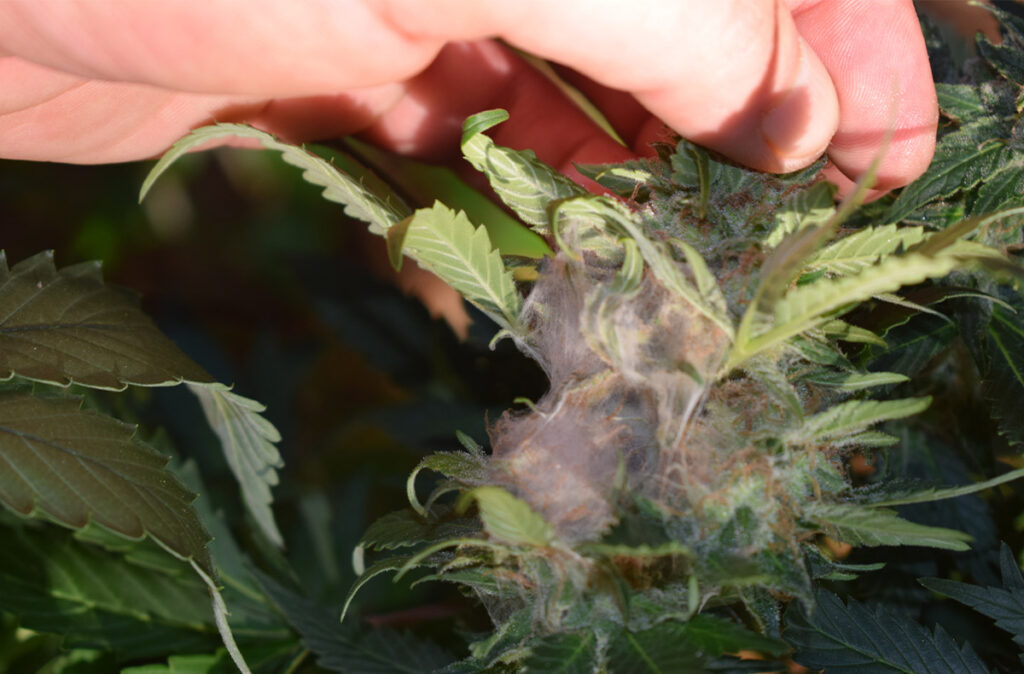
Signs of Bud Rot
Unlike powdery mildew, bud rot starts by attacking cannabis plant stems at the flowers. This makes it especially tricky to spot. The stems, and quickly the inner bud, will start to appear brownish gray, and then get mushy. As bud rot advances, leaves will start to appear wilted, yellow and burnt. Then buds will start to develop a gray web or dust on them (i.e. this is when the spores are spreading and likely the entire plant – including buds – are no longer able to be saved).
Keep an eye out for:
- Discoloration in and around the bud
- Dark or dried-up colas
- Musty, wet smelling buds
- Yellow/burnt looking leaves
- Grayish webbing or dust
Main Causes of Bud Rot
It is recommended to maintain a grow room between 70-80 degrees Fahrenheit and a relative humidity between 40-50 percent. At night, temperatures 10-15 degrees below daytime temperatures and a humility of 40 percent or lower should be maintained. It’s best to understand how temperature and humidity relate based on vapor pressure deficit charts and look to maintain healthy environmental conditions at all times.
Conditions that allow bud rot to thrive:
- High humidity
- Mild temperatures
- Poor ventilation
- Dense, bushy foliage
- Dense buds
- Plants with weak immune systems
Plants in the same room are likely to be infected simultaneously due to the rapid airborne spread of bud rot. If you are not diligent in the care of your growing environment, once it shows up it will thrive.
Prevention
Because bud rot works inside to out, it is crucial to monitor plants closely. Make sure to look between the cracks and crevices of buds to see if their stem and/or core have any signs of rot. Carefully smell your buds for any signs of a musty, damp scent.
Precisely managing your growing conditions, maintaining good ventilation, and performing light defoliation of compact plants can help deter the growth and spread of bud rot. Make sure you have the right amount of fans and exhaust for adequate air circulation for the size of your grow room. Immediately clear away any crop debris, as bud rot can survive in it for extended periods of time.
Managing conditions during drying and curing is equally important. Always check your buds before hanging to dry and leave space between branches. Small fans for gentle air circulation can also improve drying room conditions. If humidity regulation is an issue in your drying room, pursuing the wet trimming route (removing excess plant materials) can allow for better airflow between branches and buds as well as generate less humidity.
Layer Your Defenses
After bud rot has set in, it is very difficult to stop its spread. And once a bud begins to show signs of bud rot, it is unsafe for consumption. Employing additional tools to support the management of growing conditions can set you up for success in your preventative measures.
Additional tools:
-
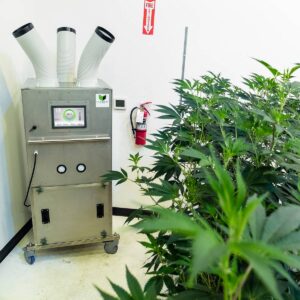 Air filtration: Bud rot spreads rapidly via airborne spore transmission. While fans help to prevent its development, they can also enhance its spread when it shows up. Grow rooms are typically equipped with general HVAC systems that are designed to mix airflow and have relatively poor air filtration. This means spores are not captured but rather distributed throughout the facility. These systems are often hard to sanitize and not protectively robust. Adding supplemental, powerful and transportable spot air filtration to your grow spaces can quickly turn over room air, from top to bottom, capturing spores and slowing bud rot spread. An air monitoring system is an added layer of defense that can alert you to changes in air quality and environmental conditions.
Air filtration: Bud rot spreads rapidly via airborne spore transmission. While fans help to prevent its development, they can also enhance its spread when it shows up. Grow rooms are typically equipped with general HVAC systems that are designed to mix airflow and have relatively poor air filtration. This means spores are not captured but rather distributed throughout the facility. These systems are often hard to sanitize and not protectively robust. Adding supplemental, powerful and transportable spot air filtration to your grow spaces can quickly turn over room air, from top to bottom, capturing spores and slowing bud rot spread. An air monitoring system is an added layer of defense that can alert you to changes in air quality and environmental conditions. 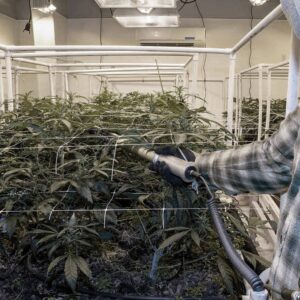 UVC sanitization: Research is showing that the application of UVC light once or twice per week before at least four hours of darkness can effectively help control and mitigate molds and mildews. It is also a fantastic tool for minimizing chemical use when sanitizing tools and surfaces.
UVC sanitization: Research is showing that the application of UVC light once or twice per week before at least four hours of darkness can effectively help control and mitigate molds and mildews. It is also a fantastic tool for minimizing chemical use when sanitizing tools and surfaces.
Element Grow believes in the power of layered approaches that support growers in their efforts to maintain and manage a clean grow that produces high quality products. That is why we design high quality products to help you accomplish this goal.






